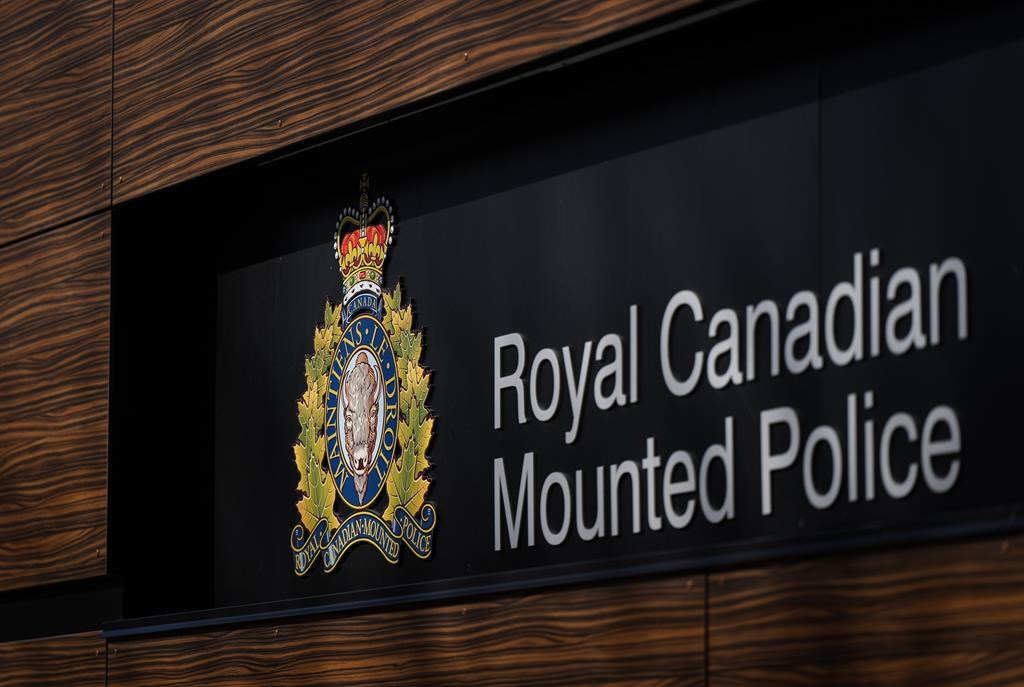Grid Alert issues Tuesday come as more Albertans plug in cars due to cold weather

Posted December 1, 2022 2:37 pm.
Alberta Electric System Operator (AESO) issued a Grid Alert briefly Tuesday when the power system in the province was under stress.
During this time Albertans were asked to reduce their electricity to help mitigate the possibility of more serious emergency measures to balance the system.
“Worst-case scenario is we get in a situation of rotating out outages, but its been a very long time since that’s happened, and that’s something we do our utmost to avoid. The grid alert works well. It lets people know we are in tight conditions, and we have highly trained system controllers who do a fantastic job at keeping the system running, even during those difficult times,” says Leif Sollid, Manager of Communications and stakeholder relations for the Alberta Electric System Operator.
Due to cold weather, low wind conditions and generator derates/power reductions and an unplanned outage, the AESO declared a Grid Alert at 4:47 p.m. Find information on Grid Alerts here https://t.co/OX5JR5Visg pic.twitter.com/xsW7M6xMZR
— AESO (@theAESO) November 30, 2022
Tuesday’s Grid Alert was triggered by a number of factors. “It was a situation where we had extremely cold temperatures, driving up demand for electricity. We had very little wind to supply additional power to the system, and we had several maintenance issues with our power generation units so they were not providing the same amount of power they usually would. So those all came together at a the same time which put us in a situation where we were forced to use emergency backup reserves,” confirms Sollid.
AESO says Grid Alerts can be triggered by different factors that affect power generation and electricity demand, such as:
- Extremely cold or hot weather, which drives increased use of heating or air conditioning systems;
- Time of day and wind conditions, which impact the availability of solar and wind-generated energy;
- Unplanned generation facility outages;
- Other factors beyond transmission and generation facility owners’ control, such as lightning, downed power lines, etc.
“Grid alerts can happen when we hit peak demand periods, most often in extreme cold weather in the winter, or extreme heat in the summer. They happen infrequently, but they do occur when we have periods of extremely high demand, and usually some other factors as well,” says Sollid.
He says Albertans can also play an important role in energy conservation in their homes and businesses. “It’s the small things we do that help lower that peak.”
Here are some tips Albertans can use to reduce electricity use, especially during peak hours (between 4:00 p.m. and 7:00 p.m.):
- Turn off unnecessary lights and electrical appliances;
- Minimize the use of air conditioning/space heaters;
- Delay the use of major power-consuming appliances such as washers, dryers and dishwashers until after peak hours;
- Use cold water for washing clothes—most of the energy used goes to heating the water (only running full loads helps too);
- Delay charging electric vehicles and/or plugging in block heaters;
- Cook with your microwave, crockpot or toaster oven instead of the stove;
- Limit the use of kitchen or bathroom ventilation fans;
- Use motion-detector lights in storage areas, garages, and outdoors when possible;
- Work on a laptop instead of a desktop computer (laptops are more energy-efficient than desktop units).
RELATED:
- Edmonton activates extreme weather response until Dec. 8
- Edmonton, Calgary rank dead last on environmental scorecard
- Response triggered for city’s vulnerable as Calgary endures cold snap
Meanwhile, the Alberta Motor Association (AMA) is gearing up for a spike in roadside assistance during the cold snap.
AMA says there was a 750 per cent increase in drivers needing a battery boost during a cold snap last year. They say now gearing up for another busy winter season ahead.
“Already we are calling in extra staff in our dispatch centre, and our call centre. And drivers on the road, every available driver for us has been called in. Just increasing staff so we can get to Albertans more quickly,” says Brandon Klassen, supervisor of automotive services at the Alberta Motor Association.
It’s recommended drivers plug in their vehicles at least four hours before driving any time the temperature is -15°C or below. However, Klassen says it isn’t necessary to keep it plugged in all night long.
“You don’t have to plug it in all night. Four hours before you drive is usually enough, and plugging in your car is going to allow your car to start so you don’t have to call AMA to help,” he says.
Klassen says they are already seeing two to three times more call volumes than usual and says it’s equally as important for Albertans to prepare for the winter driving season.
“One of the most important things is having an emergency kit in your car, so if something does happen, so things like warm clothing, a blanket, hand warmers, gloves, a toque, just to make sure you’re safe if something does happen if you have to wait a little bit for someone to come pick you up or a tow truck,” he says.
“And also making sure your gas tank is at least half full because you never know when you will get stranded on the road, due to an accident, you don’t want to be running out of gas,” he says.
With temperatures predicted to plummet in the coming days, Ryan Lemont, Manager of AMA Driver Education also shares the following tips to keep drivers safe and mobile.
- Preparation:
- Winter tires will give you much better traction on snow and ice, helping you stop sooner and maintain more control;
- Ensure your tires are properly inflated. Most tires lose one pound per square inch for every 5°C drop in temperature;
- Consider switching to synthetic oil, which will reduce the wear and tear on your engine and help it turn over in frigid temperatures;
- Ensure your gas tank is at least half full and consider using gas-line antifreeze if your vehicle frequently moves from warm to cold environments (e.g. a heated garage to outdoor parking lot);
- Keep your vehicle windows and roof clear of snow and ice.
- Driving:
- Scan the road ahead and maintain a safe following distance that allows for adjustments. When the roads are icy or snowy, this means at least four to six seconds;
- Drive to the weather, keeping in mind that the posted speed limit refers to ideal conditions;
- Always carry an emergency roadside kit. This should include things like a blanket, warm clothing, caution triangles, a flashlight, gloves, and a folding shovel (these are available pre-made at AMA);
- Avoid unnecessary trips during extreme weather;
- When you see a tow truck assisting a stranded driver, slow to 60 km/h (or lower if the posted speed limit is lower) and move over a lane, if possible. Remember that many tow trucks are now equipped with flashing blue and amber lights to improve visibility.








